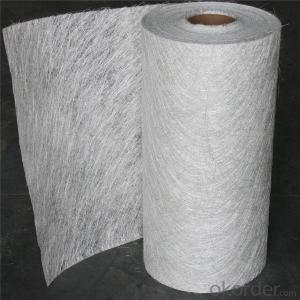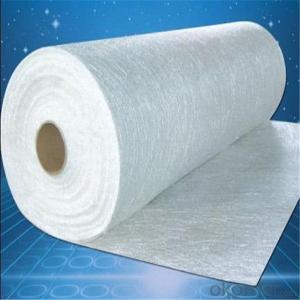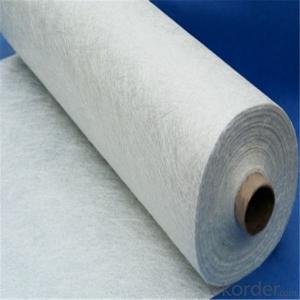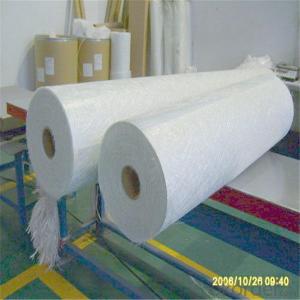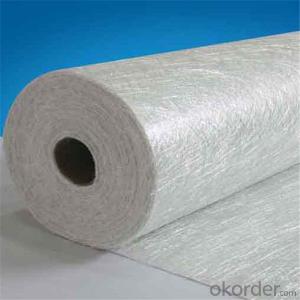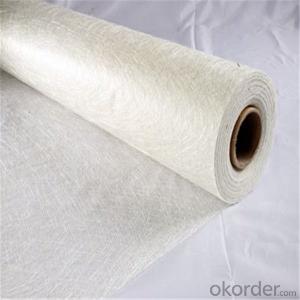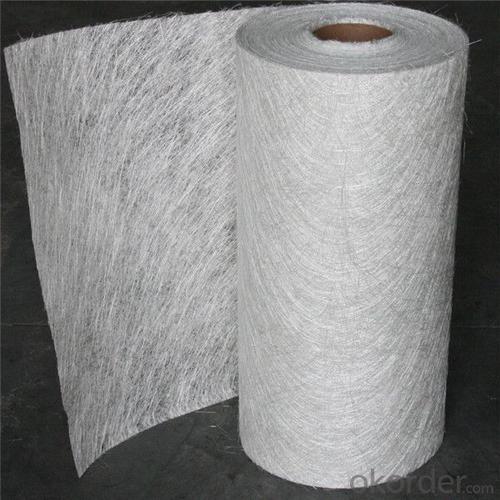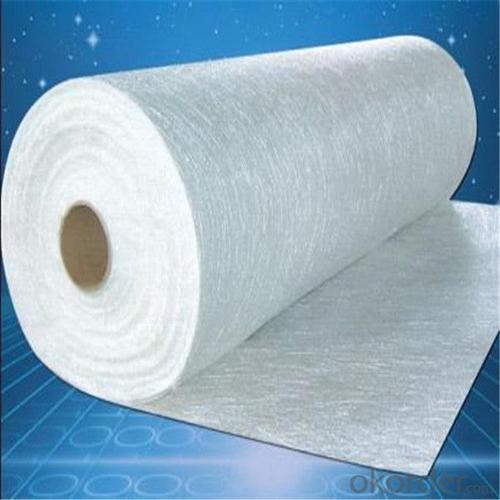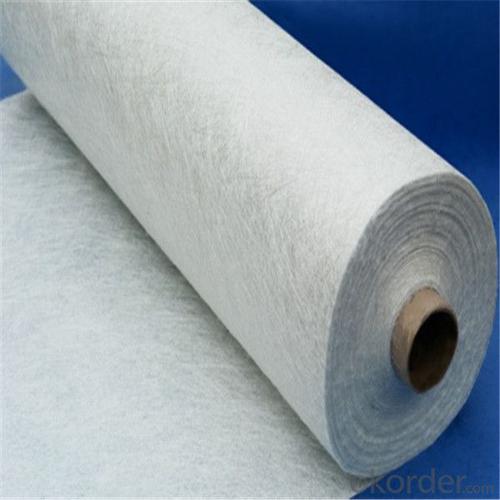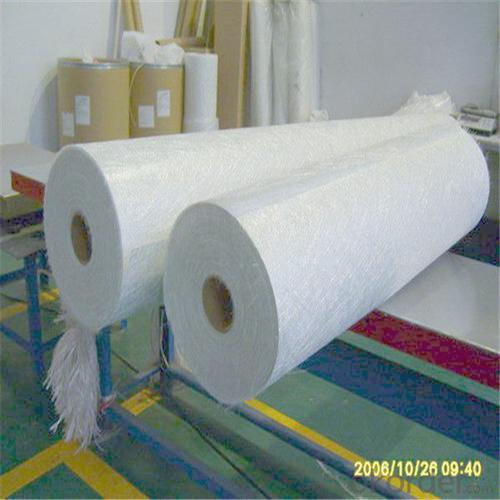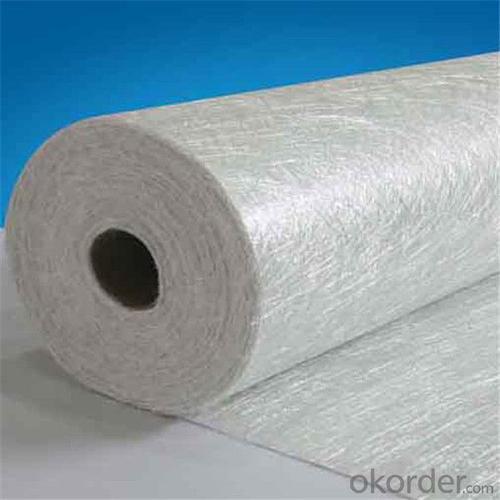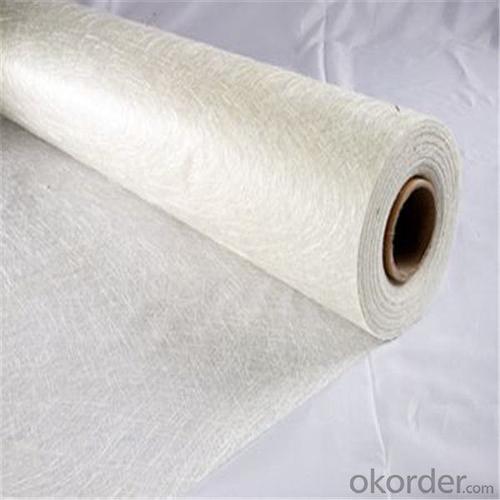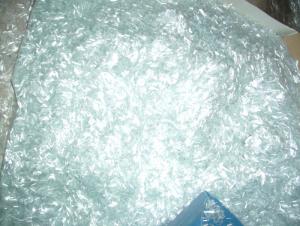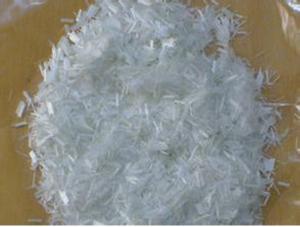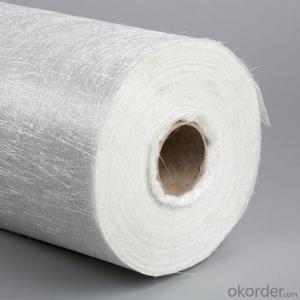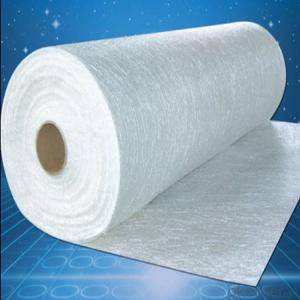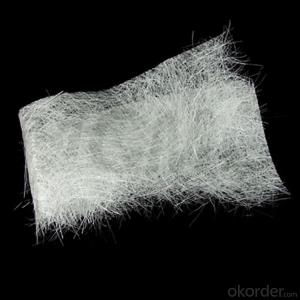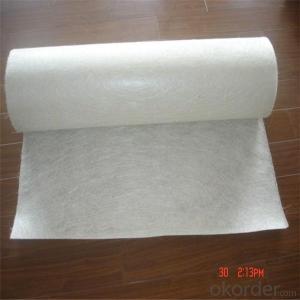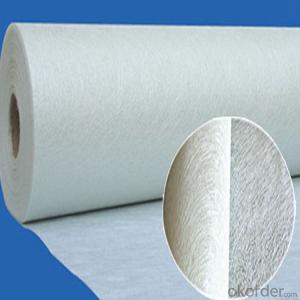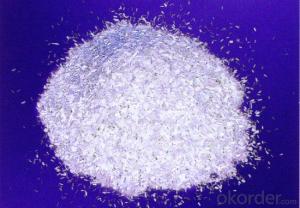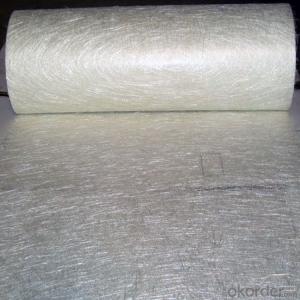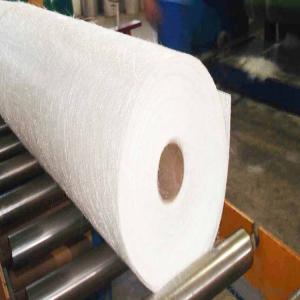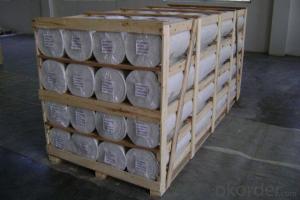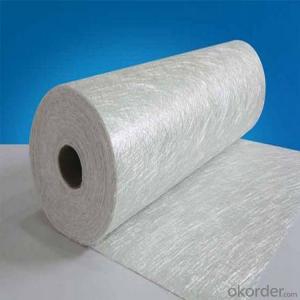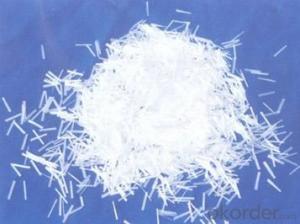Fiberglass Chop Strand E-Glass Chopped Strand Mat and Woven Fiberglass Cloth
- Loading Port:
- Tianjin
- Payment Terms:
- TT OR LC
- Min Order Qty:
- 100 m.t.
- Supply Capability:
- 10000 m.t./month
OKorder Service Pledge
OKorder Financial Service
You Might Also Like
Quick Details
| Technique: | Chopped Strand Fiberglass Mat (CSM) | Dimensions: | 80g - 900g | Mat Type: | Continuous Filament Mat |
| Fiberglass Type: | E-Glass | Softness: | soft, very soft | Place of Origin: | Shandong, China (Mainland) |
| Brand Name: | cnbm | Model Number: | CSM | material: | fiberglass |
| Glass type: | E glass / C glass | Bond type: | powder or emulsion | Roll width: | 200 - 2600mm |
| Roll weight: | 28 - 55kgs | Density: | 225g/m2, 300g/m2, 450g/m2 | Certification: | ISO, CE |
Packaging & Delivery
| Packaging Details: | standand export packing . or packed as customer's need |
| Delivery Detail: | 10-20days after the contract is effective |
Specifications
Fiberglass Chopped Strand Mat
1.good combination fo resin
2.easy operation
3.good wet strength retention
Specification:
Fiberglass Chopped Strand Mat is an non-woven E- or C-glass fiberglass fabric manufactured by spreading continuous filament rovings of 50mm in length randomly and uniformly in combination with polyester binder in power form (or other binder in emulsion form). Powder or Emulsion fiberglass fiber chopped glass mat
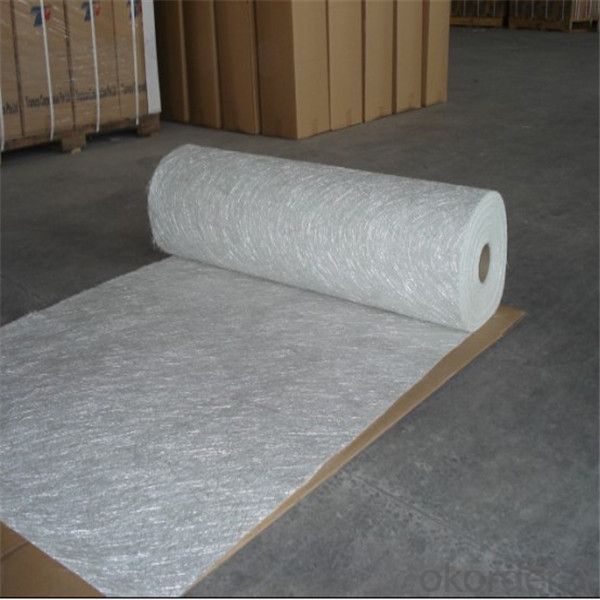
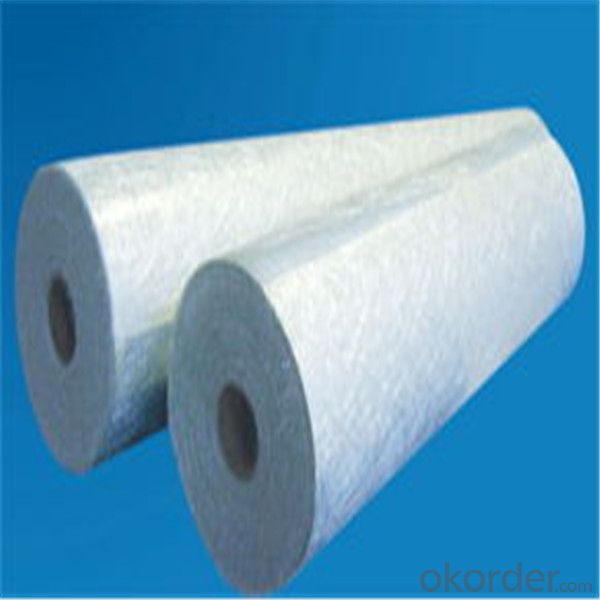

- Q: Can fiberglass chopped strand be used to reinforce concrete?
- Yes, fiberglass chopped strand can be used to reinforce concrete. When added to concrete mixtures, the chopped strands provide additional tensile strength, impact resistance, and durability to the concrete. The fiberglass strands act as a reinforcement material, helping to control cracking and improve overall structural integrity. This is particularly useful in applications where concrete may be subjected to heavy loads or extreme environmental conditions. Additionally, fiberglass chopped strand is lightweight and corrosion-resistant, making it an ideal choice for concrete reinforcement.
- Q: How does the fiber orientation affect the properties of fiberglass chopped strand?
- The fiber orientation plays a crucial role in determining the properties of fiberglass chopped strand. Fiberglass chopped strand is made up of short fibers that are randomly oriented within the material. The orientation of these fibers affects various mechanical properties of the fiberglass chopped strand, such as its strength, stiffness, and impact resistance. When the fibers are aligned in a specific direction, the material becomes stronger and stiffer along that axis. This is known as the longitudinal direction. On the other hand, when the fibers are randomly oriented, the material becomes isotropic, meaning it has similar properties in all directions. This can be advantageous in applications where the material needs to withstand forces from multiple directions, as it offers balanced strength and stiffness. Additionally, the fiber orientation also influences the material's resistance to cracking and delamination. When the fibers are aligned in the same direction as the applied stress, they can effectively distribute the load, reducing the likelihood of cracks forming or propagating. This is known as the load-bearing direction. Conversely, if the fibers are not aligned with the applied stress, the material may be more susceptible to crack initiation and propagation. In summary, the fiber orientation of fiberglass chopped strand significantly impacts its mechanical properties, including strength, stiffness, impact resistance, and crack resistance. Understanding and controlling the fiber orientation is crucial in designing and manufacturing fiberglass chopped strand to meet specific application requirements.
- Q: Is fiberglass chopped strand suitable for high-temperature applications?
- No, fiberglass chopped strand is not suitable for high-temperature applications.
- Q: How does the fiber dispersion affect the processing time of chopped strand composites?
- The processing time of chopped strand composites is heavily influenced by fiber dispersion. Typically, chopped strand composites consist of randomly dispersed short fibers within a matrix material. The dispersion of these fibers determines their orientation and distribution throughout the composite. When the fibers are adequately dispersed and evenly distributed, they effectively reinforce the matrix material, resulting in improved mechanical properties. This uniform dispersion allows for efficient load transfer between the fibers and the matrix, leading to enhanced strength and stiffness. In terms of processing time, proper fiber dispersion aids in the flow and wetting of the matrix material during manufacturing. Well-dispersed fibers can be easily impregnated by the matrix material, reducing the time required for complete wetting and ensuring a more uniform composite. However, inadequate fiber dispersion can cause various issues that significantly impact processing time. Fibers may cluster or agglomerate, creating regions with high fiber concentration and voids in the composite. These areas may not be properly wetted by the matrix material, resulting in reduced interfacial adhesion and compromised mechanical properties. Additionally, uneven fiber dispersion can cause flow problems during manufacturing, such as equipment clogging or blockages. This can lead to interruptions and delays, ultimately increasing processing time. In conclusion, fiber dispersion directly affects the processing time of chopped strand composites. Well-dispersed fibers enable efficient wetting, enhance mechanical properties, and facilitate a smoother manufacturing process. Conversely, poor fiber dispersion can cause various issues, including reduced interfacial adhesion and flow problems, ultimately prolonging the processing time.
- Q: Can fiberglass chopped strand be used in sporting goods applications?
- Yes, fiberglass chopped strand can be used in sporting goods applications. Fiberglass chopped strand is commonly used as a reinforcement material in composite materials, which are widely used in the manufacturing of various sporting goods such as kayaks, canoes, paddleboards, skis, snowboards, hockey sticks, tennis rackets, and many others. The use of fiberglass chopped strand in these applications helps to increase the strength, stiffness, and durability of the products, making them more suitable for the demanding conditions they are subjected to during use. Additionally, fiberglass chopped strand can be easily incorporated into the manufacturing process, allowing for the production of lightweight yet robust sporting goods.
- Q: Can fiberglass chopped strand be used for sound insulation?
- Yes, fiberglass chopped strand can be used for sound insulation. Fiberglass is a commonly used material for soundproofing due to its excellent sound absorption properties. When installed correctly, fiberglass chopped strand can help reduce noise transmission and improve acoustic insulation in buildings. It can be used in various applications such as walls, ceilings, floors, and HVAC systems to dampen sound and create a quieter environment. Additionally, fiberglass chopped strand is lightweight, flexible, and easy to install, making it a popular choice for sound insulation projects.
- Q: Can fiberglass chopped strand be used for reinforcing polymer matrix composites?
- Yes, fiberglass chopped strand can be used for reinforcing polymer matrix composites. The chopped strands, made of fine fibers, are added to the polymer matrix to enhance its mechanical properties, such as strength and stiffness. The fibers provide reinforcement and improve the overall performance of the composite material.
- Q: Is fiberglass chopped strand suitable for applications requiring high weather resistance?
- Fiberglass chopped strand is generally not suitable for applications requiring high weather resistance. While fiberglass is known for its excellent strength and durability, chopped strand fiberglass lacks the necessary properties to withstand prolonged exposure to harsh weather conditions. Chopped strand fiberglass is typically used in applications where mechanical strength is the primary requirement, such as automotive parts, pipes, and boat hulls. However, it is not designed to withstand UV radiation, extreme temperature variations, or prolonged exposure to moisture and chemicals. For applications requiring high weather resistance, other materials such as reinforced plastics, specialty coatings, or composites with enhanced weatherability properties are more suitable. These materials are specifically engineered to withstand the effects of sunlight, temperature fluctuations, and moisture, ensuring long-term durability and performance in outdoor environments. It is important to assess the specific requirements of the application and consult with experts or manufacturers to determine the most suitable materials for achieving high weather resistance.
- Q: Is fiberglass chopped strand suitable for applications requiring low thermal conductivity?
- Fiberglass chopped strand is unsuitable for applications that demand low thermal conductivity. As a glass fiber reinforced polymer, fiberglass possesses a relatively high thermal conductivity. Consequently, it functions as an efficient conductor of heat, which is undesirable in scenarios necessitating low thermal conductivity. For these specific applications, materials like ceramic fibers or insulating foams, which exhibit low thermal conductivity, would be more appropriate.
- Q: Can fiberglass chopped strand be used in the production of agricultural equipment?
- Indeed, the utilization of fiberglass chopped strand is possible in the manufacturing of agricultural equipment. Fiberglass, being a highly adaptable material, possesses numerous advantageous properties that prove beneficial in agricultural applications. Its lightweight nature, strength, and durability render it appropriate for incorporation in the construction of tractor hoods, fenders, and panels. Moreover, fiberglass exhibits remarkable resistance to corrosion, a crucial attribute in the agricultural industry where equipment is frequently exposed to diverse weather conditions and chemicals. Furthermore, the ability of fiberglass to be molded into intricate forms allows for the customization of agricultural equipment to meet specific requirements. In summary, the inclusion of fiberglass chopped strand in the production of agricultural equipment significantly enhances its performance, longevity, and reliability.
Send your message to us
Fiberglass Chop Strand E-Glass Chopped Strand Mat and Woven Fiberglass Cloth
- Loading Port:
- Tianjin
- Payment Terms:
- TT OR LC
- Min Order Qty:
- 100 m.t.
- Supply Capability:
- 10000 m.t./month
OKorder Service Pledge
OKorder Financial Service
Similar products
Hot products
Hot Searches
Related keywords
